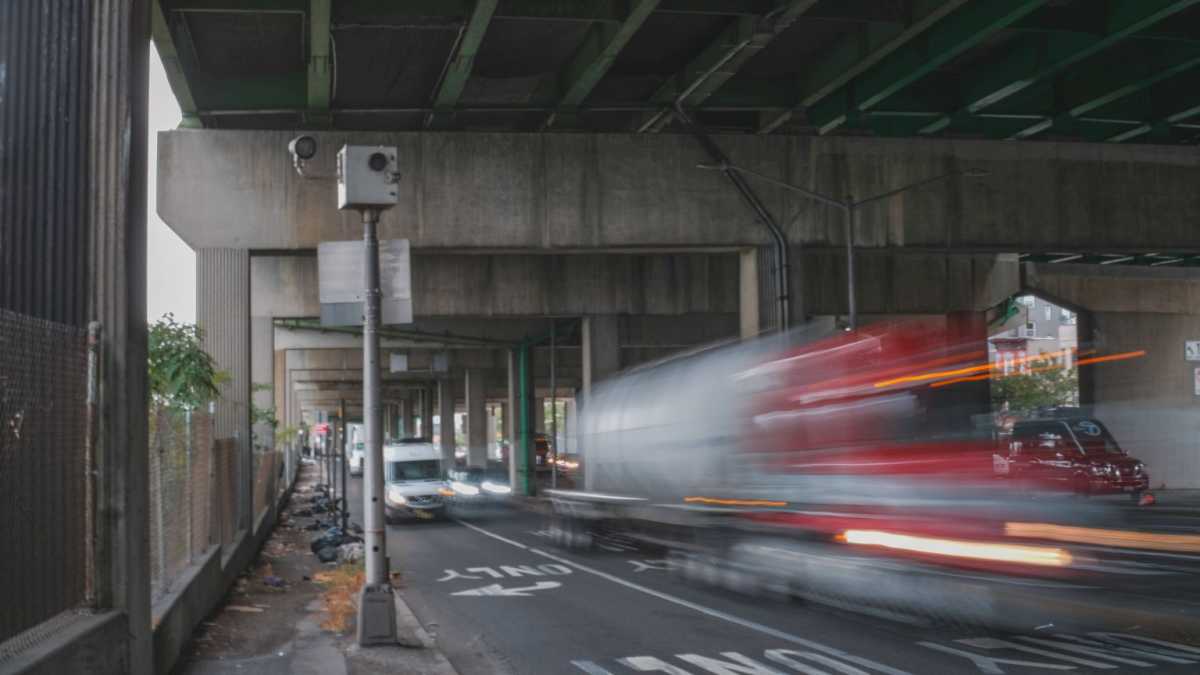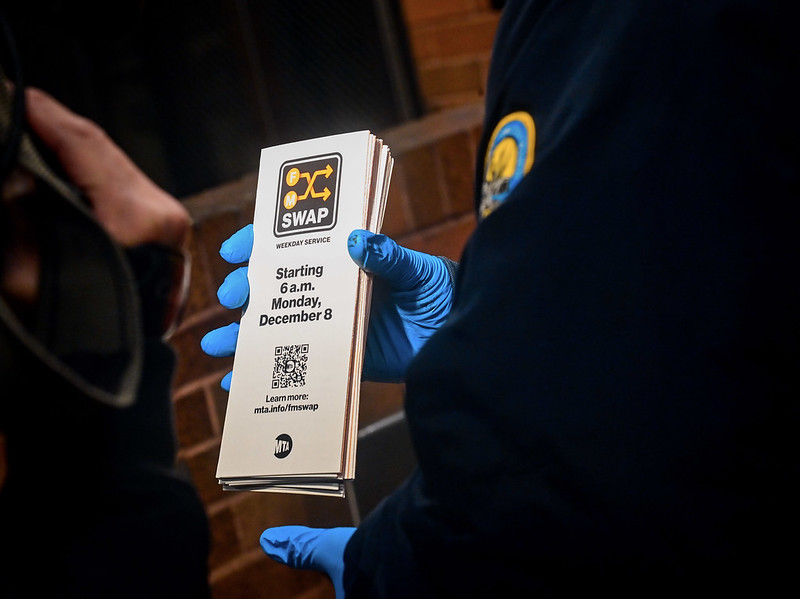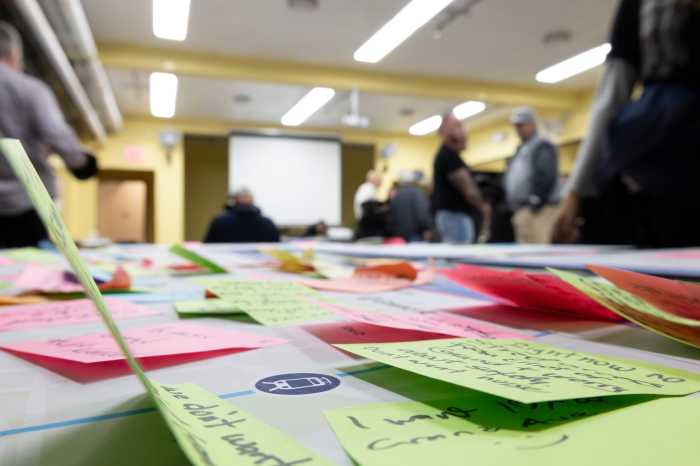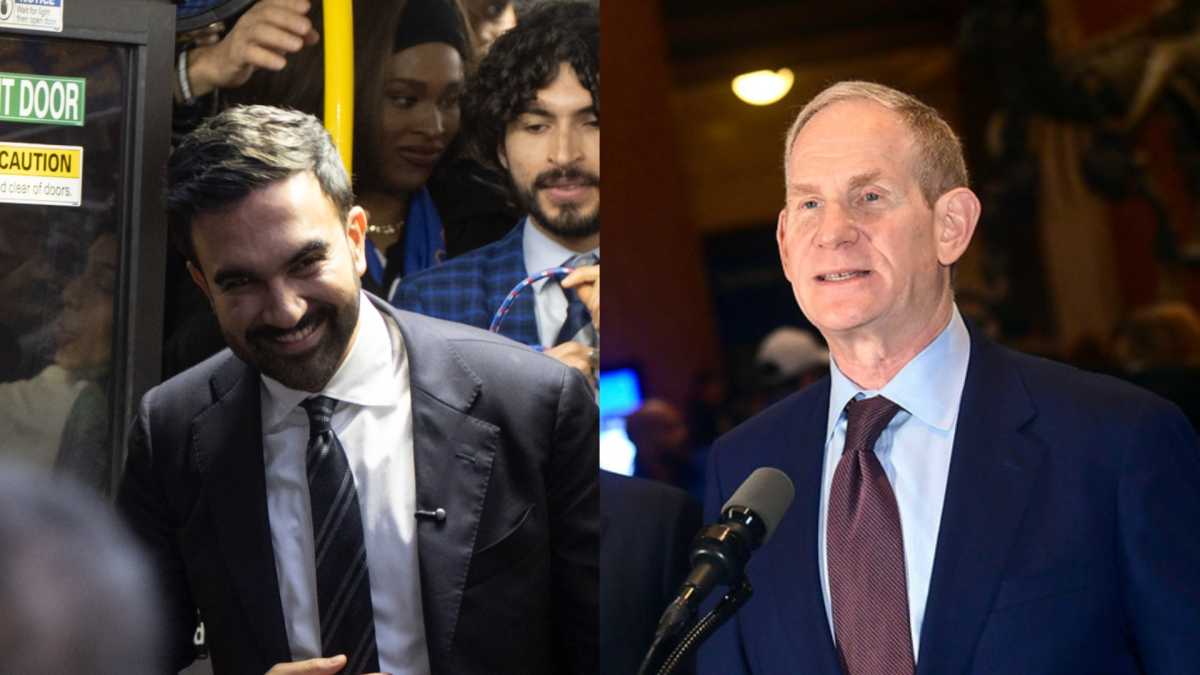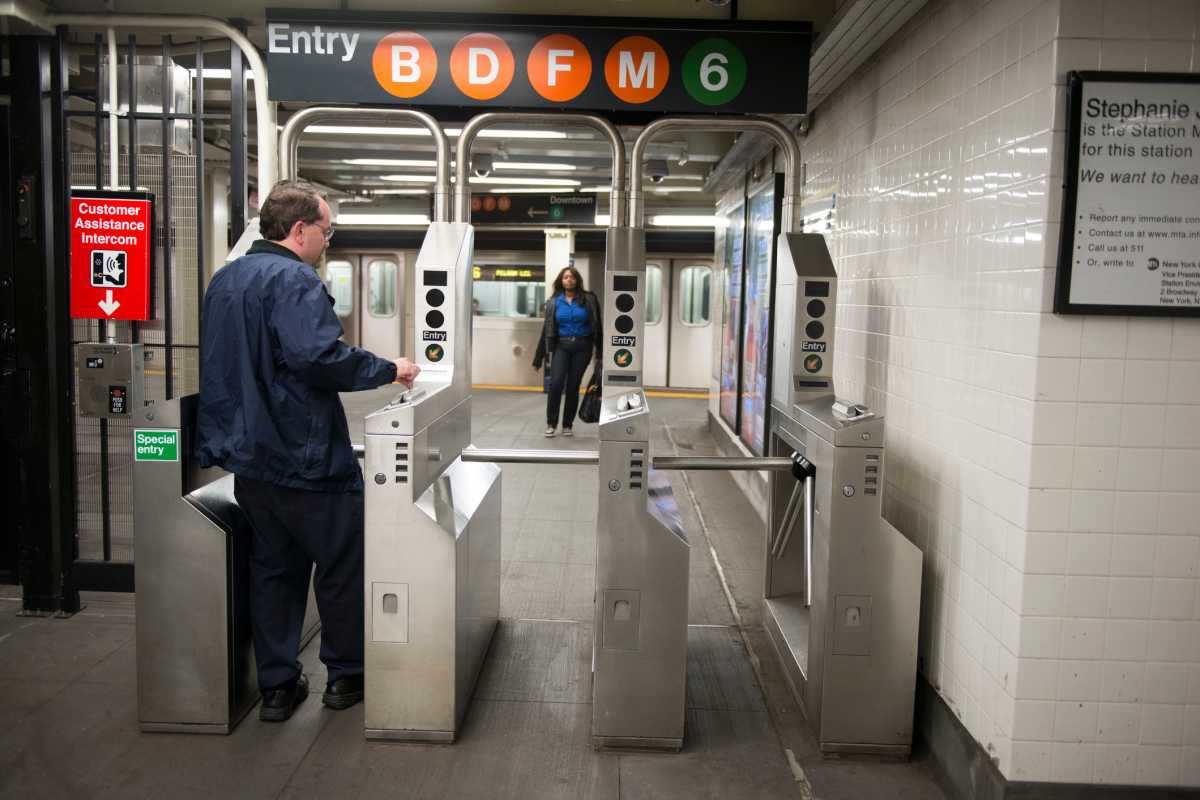While the city Department of Transportation hopes to breaking the momentum of a speeding epidemic with new speed camera enforcement on Bruckner Avenue in the Bronx, Mayor Bill de Blasio’s larger commitment to street safety was called into question by the mayor’s own Surface Transportation Advisory Council.
DOT Commissioner Polly Trottenberg, elected officials representing the Bronx and NYPD officials on Tuesday said that the installation of new equipment near Hunts Point Boulevard will catch speeding motorists and resolve what local residents refer to as the “Highway to Heaven.” DOT announced an ambitious plan to create what they called the largest speed camera network in the world with photo enforcement in all 750 school zones across the city.
But similar spot improvements citywide have done little to satisfy up to 12 advocates who signed onto a letter to de Blasio asking for a better plan to calm traffic and reduce congestion.
“While we acknowledge that the city has taken some steps to address these enormous challenges, we believe that more must be done immediately to avoid the impending wave of congestion, pollution, inequality and traffic violence. Specifically, we believe that City Hall must accelerate and release a surface transportation plan,” the letter stated. “In June, our council advanced a series of draft recommendations in support of a surface transportation plan, which we believe should be reviewed and advanced without additional delay … To date, our council has received neither feedback nor next steps from City Hall on the status of our recommendations and the city’s surface transportation plan.”
A full list of the recommendations made to the de Blasio administration can be viewed here.
The recommendations include up to 40 miles of “emergency” bus lanes; a network of protected bike lanes; actions to restore public confidence in taxis, for-hire vehicles and pooled rides; and in lieu of the Central Business Tolling, they recommended extensive HOV lanes into the city to prevent congestion.
“We have not put out the formal report that they’re seeking, but we have, I think, been in partnership on a lot of the projects they’re interested in. Remember this summer, we’re doing bike lanes, bus lanes, open streets, close to 10,000 restaurants for our open restaurant program including 81 areas of the city where we’re closing off streets for the whole week so that people can be outdoors and enjoy the restaurants,” Trottenberg said beneath the Bruckner Expressway overpass in the Bronx. “Now we’re working with [Department of Education] on outdoor learning. So I think the interest in seeing the streets transformed, some of that has been underway but there’s still really more to come.”
On Bruckner Boulevard, the speed limit will be reduced from 30 miles per hour to 25 with photo enforcement signs already in place near the truck-choke intersection which Councilman Rafael Salamanca described how residents are force to hurry across the road for the danger posed by the amount of congestion and speed.
Trottenberg says higher speed limits and increased road deaths are due to empty streets during the worst of the COVID-19 crisis that saw the majority of commuters and motorists lying low. But since the infection rate has dropped across the state, the surge of personal vehicles — and car-buying — has already to take hold of the city.
For those vehicles crossing Canal Street from the Manhattan Bridge, it can take as long as an hour to reach the Holland Tunnel.

